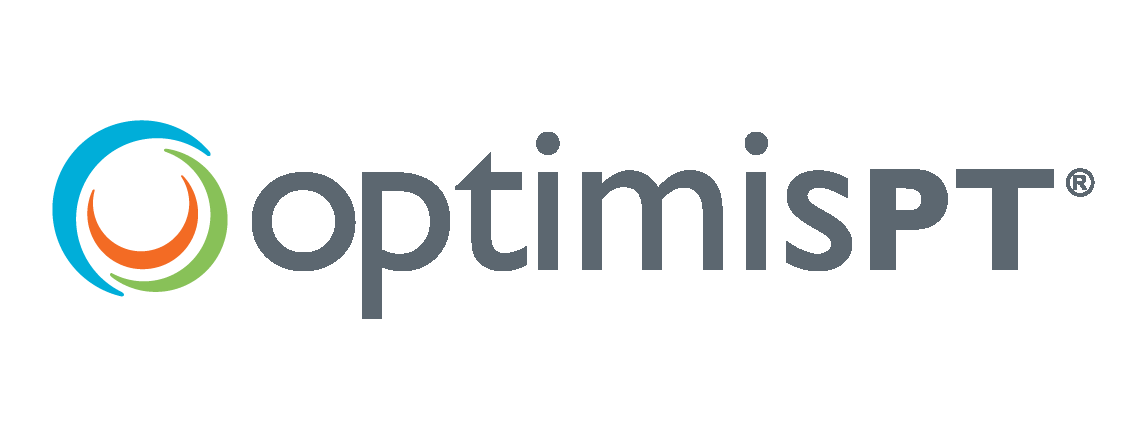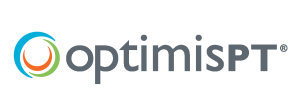By: Jennifer Heiligman, PT, MPT
In our blog post “The Benefits of Diversifying Your Practice” we discussed the reasons why an outpatient rehabilitation therapy practice may want to offer multiple rehab therapy disciplines. These include such things as increasing your referral base, better outcomes for patients who are able to take advantage of a multidisciplinary approach and increasing your patient volume leading to increased revenue.
The three major rehab therapy disciplines include Physical Therapy, Occupational Therapy and Speech Therapy. While they all have commonalities, most lay people will not truly understand the different benefits each of these therapies can offer. We’ve compiled some information that may be helpful when you are explaining the differences and benefits of each type of therapy to your patients and your referral sources.
First things first, what exactly is Rehabilitation Therapy? Rehabilitation therapy is the type of treatment you may receive after you suffer an injury, illness or undergo a surgical procedure. The goal of rehab therapy is to improve your condition and prevent further loss of function secondary to worsening of your condition. Rehab therapy works to maximize your functional capacity. As a patient, you may or may not require the assistance of all three rehab therapy disciplines. Following is information explaining each type of rehab therapy.

Occupational Therapy
Occupational Therapy (OT) focuses on improving a patient’s ability to perform activities of daily living. These include such things as getting dressed, the ability to eat with utensils, and bathing. OTs focus on improving fine motor skills and cognition to improve function. They will help the patient return to performing those activities in their usual manner or, if that is not possible due to the nature of their injury, they will teach the patient how to adapt or modify their process to complete the activity using a different method. An OT will work with a person who has had a stroke to regain use of their affected arm so they can dress and feed themselves.

Physical Therapy
Physical Therapy (PT) focuses on improving a patient’s movement, reducing pain and promoting function. These deficits could be the result of a surgery, an illness or an injury. Physical therapists use exercise, manual therapy, neuromuscular re-education and therapeutic activities in addition to many other interventions in order to maximize a patient’s motor movements. They are the ones who will help a patient who has had a stroke relearn how to walk. Physical therapy can also be used as a preventative treatment to help a patient avoid surgery or pain medications.

Speech Therapy
Speech Therapy (ST) focuses on a patient’s ability to communicate and swallow. Both of these skills play a large role in a person’s ability to participate in social rituals such as eating meals with your family or friends. Speech therapists work on many aspects of language communication including production, fluency, recognition and cognition. A speech therapist helps a patient who has suffered a stroke by improving their ability to swallow without choking and assists them in relearning how to speak.
While all three disciplines may focus on slightly different aspects of a patient’s recovery, they do still have a lot in common. They all assess the patient and establish an individualized plan of care to help the patient toward achieving their goals. You can find all three types of therapies in multiple settings including outpatient practices, homecare, inpatient rehabilitation, and school settings. They all work with adults and children. Depending on the needs of the patient, these therapists may work together as a team or individually. Either way, they all strive for one goal and that is to improve the quality of life of their patients.
If you are a rehab therapy practice with multiple disciplines or a practice looking to add disciplines and your EMR is not up to the challenge, check out OptimisPT. We have content for PT, OT and SLP. Schedule a demo to learn more.





